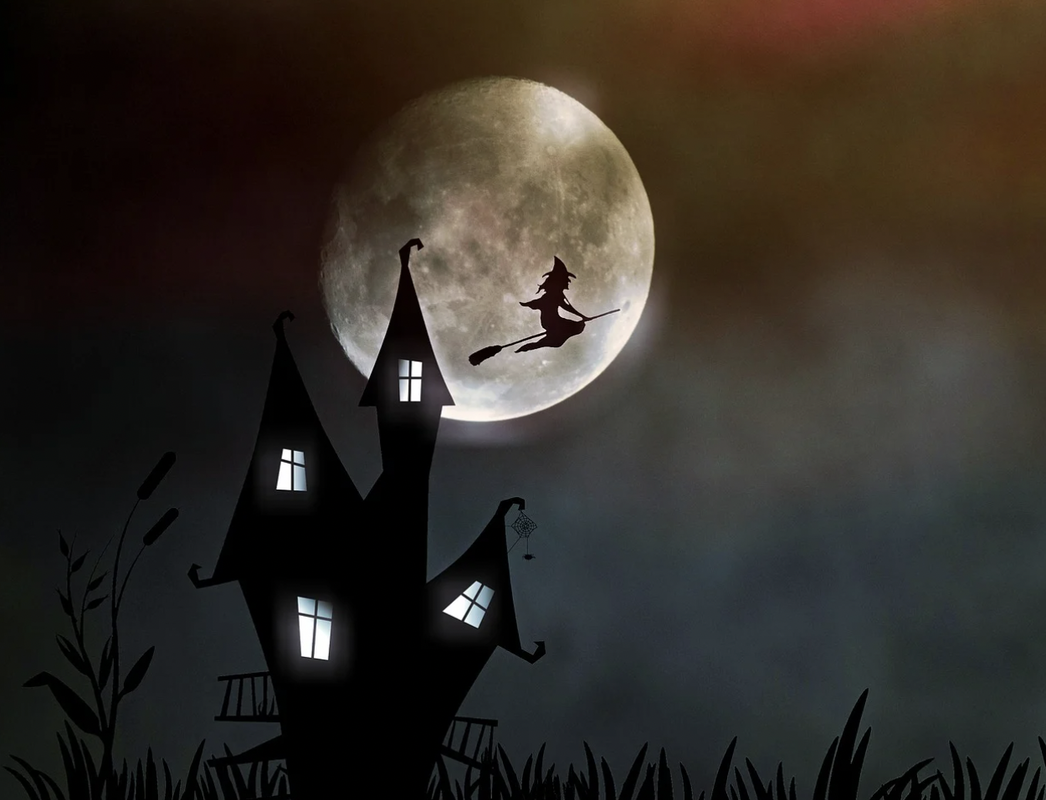|
By: R. Mautner In 1687, Isaac Newton published Philosophiae Naturalis Principia Mathematica, one of his most famous works, which included his three laws of motion. This piece of work had (and has) a massive ever-lasting ripple in every field of science to this day, serving as a fundamental basis for physics and engineering, and on a wider scale, promoting scientific thinking and rationality.
Five years later and across the Atlantic Ocean, settlers in the New England village of Salem frantically pointed superstitious fingers at each other, inflicting a turmoil of hearsay accusations in what we know of today as the Salem Witch Trials. They, too, had an ever-lasting ripple on the world, influencing Arthur Miller's production of the iconic play The Crucible in 1953, as well as Taylor Swift's quirky throwback in her 2020 album Folklore, where she explained that "women like hunting witches too." Those well-informed in the historical witch-hunt frenzy would agree that Taylor could not be closer to the truth. Yet, historians, anthropologists and high school English classrooms still argue to this day as to how such an episode could happen – an episode of "mass hysteria", as it is commonly described. The trigger of the Salem quarrels is attributed by some to geo-political disputes between agrarian and commercial folks around the Salem region, and by others to fungal infections that caused people to hallucinate the presence of witch-like spirits around town. But even more mysteriously as to how it began is how it managed to carry as long and as vigorously as it did. It might have been that the quarrels which triggered the witch accusations were not purely geo-political, but also personal. In a settlement such as Salem, this would inflict a 'mob mentality' effect; the population was small enough so that people knew each other's reputations and secrets through hearsay (and gossip), but not too small so that one individual felt enough courage to rebel against the remainder of the village. This allowed a rampant spread of claims that used this half-spoken knowledge among the community as powerful leverage. To understand why these claims were taken so seriously, we must also consider the wider historical context of the Salem villagers. These settlers were in a new, strange land, surrounded by thick and mysterious forests where the Devil's force was said to lurk, so it's safe to say that fear was a constant agent in the backs of their minds. Any suggestion of the evil forces (presupposed to live in the forests) invading the village would spring that fear up to surface, causing irrational or "hysterical" behavior, such as hundreds of people abiding to a series of court trials and hangings based on neighbors (who they'd known their whole lives) being secret witches, with no evidence to support these claims (or lies) whatsoever. But did they really need any evidence? Miller's implicit comparison between the Salem Witch trials and 1950s McCarthyism suggests that ideas planted in people's minds was evidence enough for accusations to be taken into court. That is, if a group of people already shared a common desire for the downfall of an innocent man or woman, any claim could make that individual guilty if the persecutor group framed it correctly. With this, any claim, no matter how absurd or unfalsifiable it might be, can be taken as seriously as any other. Ultimately, the inevitable strength of an unfalsifiable claim is that it is unfalsifiable. There was no way to prove the victims of the Salem Witch trials weren't witches, just as there was no way to prove they were. Influenced by fear and mob mentality, the townspeople agreed (or at least conformed) not to give 25 men, women and children the benefit of the doubt. They agreed or at least conformed to hang 25 men, women and children to death because of a story whose truth they'd never truly know. Now, if you go out on October 31st, you might see somebody wearing a witch costume, which they voluntarily bought with their own money, brought home, changed into and left in for a Halloween party. Centuries ago, the costumes were paid for not with money, but with reputation and with lies, and they were worn not by their buyers (liars) but by their buyers' enemies, without their consent. We might think this distinction makes us incomparably different from the Salem villagers, but are we? Are we free from the habit of "hunting witches" all around just because it's impossible to prove witches are false? Taylor Swift knows we aren't. And regardless of how controversial Taylor Swift might be, how rare is it that we (you, reading this article and I, writing it) make other people wear witch costumes in our eyes? How often do we make them out of an unfalsifiable fabric of gossip and lies? How far are they 'hung to death', or excluded from society because of it? Unfortunately, no Newtonian discoveries in motion, physics or engineering can answer these questions. We can only come close to solving it by being aware of it. The only thing scarier than a witch is a witch costume. The only thing more powerful than a witch is a liar. Happy Halloween :)
0 Comments
Leave a Reply. |
Categories
All
Archives
June 2024
|

